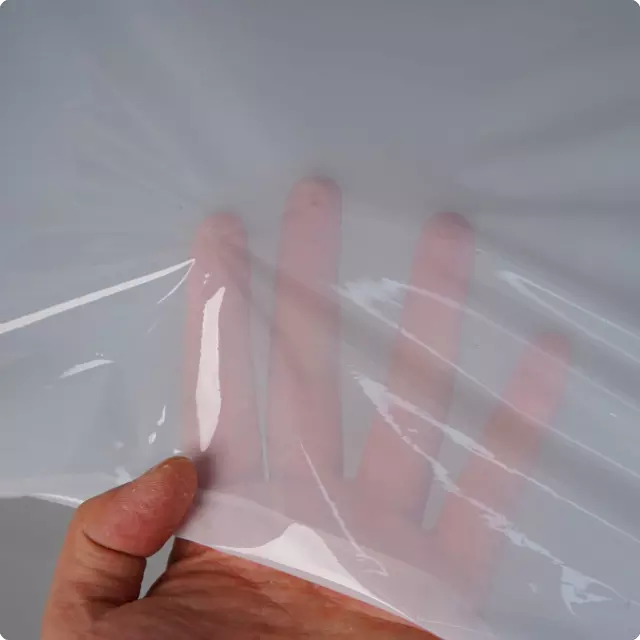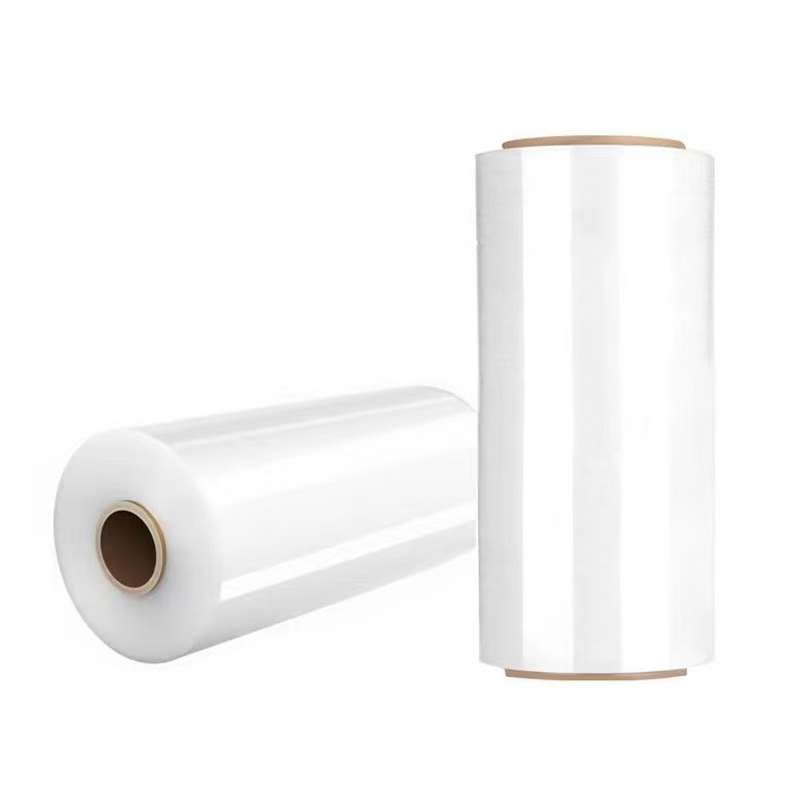Best Practices for Wrapping Pallets with Hand Stretch Film
Release time: 2025-10-16
Table of Contents
Using hand stretch film to wrap pallets is a simple but crucial task in warehouses, shipping, and logistics. Done correctly, it protects products, prevents damage, and makes handling much easier. Here are some best practices to help you get the most out of your hand stretch film.
1. Choose the Right Film
Not all hand stretch films are the same. Consider thickness, cling level, and color when selecting a film. Thicker films provide more protection for heavy loads, while high-cling films stick better and reduce the risk of slipping during transit. Colored films can help with inventory management or identify specific shipments quickly.
2. Start at the Base
Always start wrapping at the bottom of the pallet. Secure the film around the base at least two to three times before moving upward. This ensures the pallet’s weight is evenly supported and prevents the load from shifting.
3. Wrap Vertically and Evenly
Work your way up the pallet slowly and evenly. Avoid wrapping too tightly, which can crush fragile products, or too loosely, which can allow items to move. Overlapping each layer by about 50% is a good rule of thumb for consistent coverage.
4. Secure the Top
Once you reach the top, fold the film over the edges of the top layer. This creates a protective cap and prevents dust or moisture from getting in. For extra security, wrap the top layer twice.
5. Cut and Seal Properly
After wrapping, cut the film with a sharp blade or dispenser. Press the loose end against the wrapped layers to seal it. Many modern manual stretch films have self-cling properties, so the end will stick automatically without extra tape.
6. Use a Quality Dispenser
A good hand stretch film dispenser makes a big difference. It helps you control tension, reduces hand fatigue, and ensures smooth, even wrapping. Adjustable tension dispensers are ideal because you can customize the tightness for different types of loads.
7. Inspect the Wrapped Pallet
Finally, check the pallet from all sides to ensure full coverage. Look for gaps, loose corners, or uneven wrapping. A well-wrapped pallet stays stable during transport, reducing the risk of damage and saving time during unloading.
Conclusion
Wrapping pallets with hand stretch film may seem simple, but following these best practices can improve efficiency, protect products, and reduce material waste. By choosing the right film, wrapping evenly, securing the top, and using a proper dispenser, your pallets will be stable, safe, and ready for shipping.


